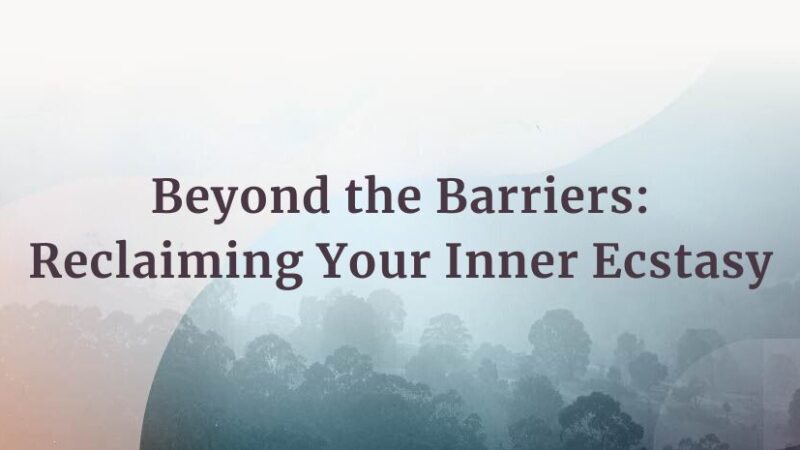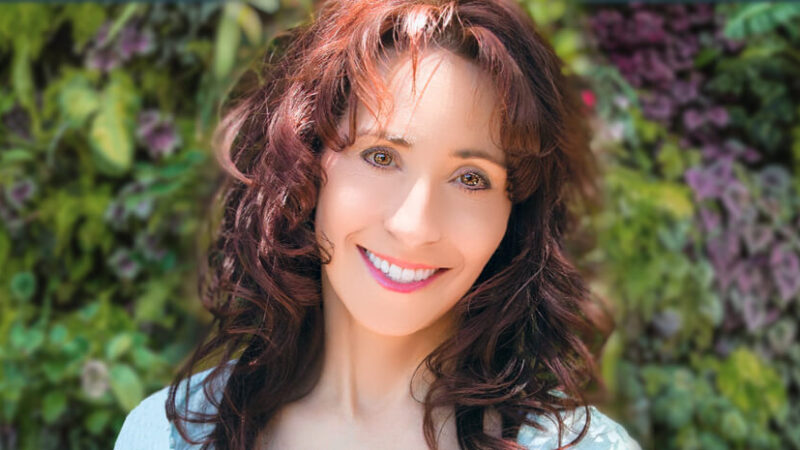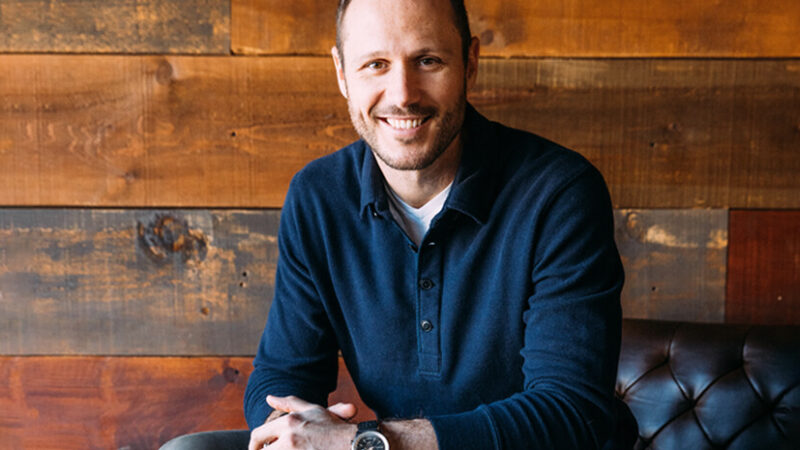E12: Beyond the Barriers: Reclaiming Your Inner Ecstas...
Everyone is naturally filled with love and ecstasy, but this is obscured by the baggage we carry inside. You are blocked from realizing your divine state by the stored emotions and mental constructs from your past. The spiritual path is not about acquiring something new; it’s about letting go of the barriers that prevent you from experiencing the greatness that has always been within you.
For more information, go to michaelsingerpodcast.com.
© Sounds True Inc. Episodes: © 2024 Michael A. Singer. All Rights Reserved.




